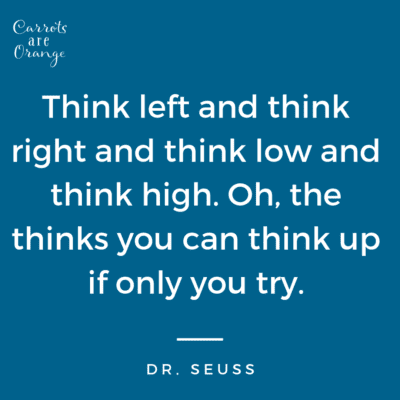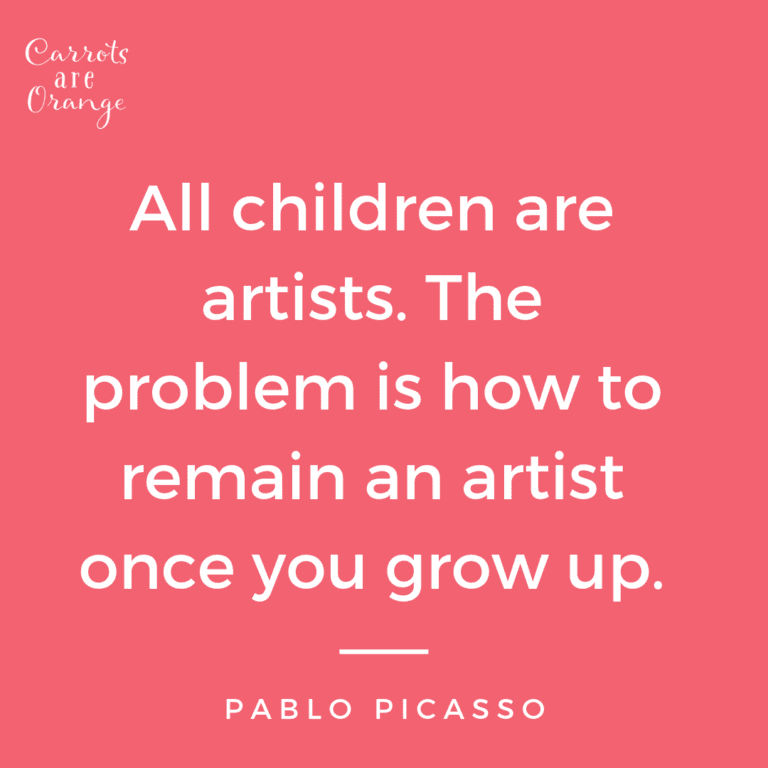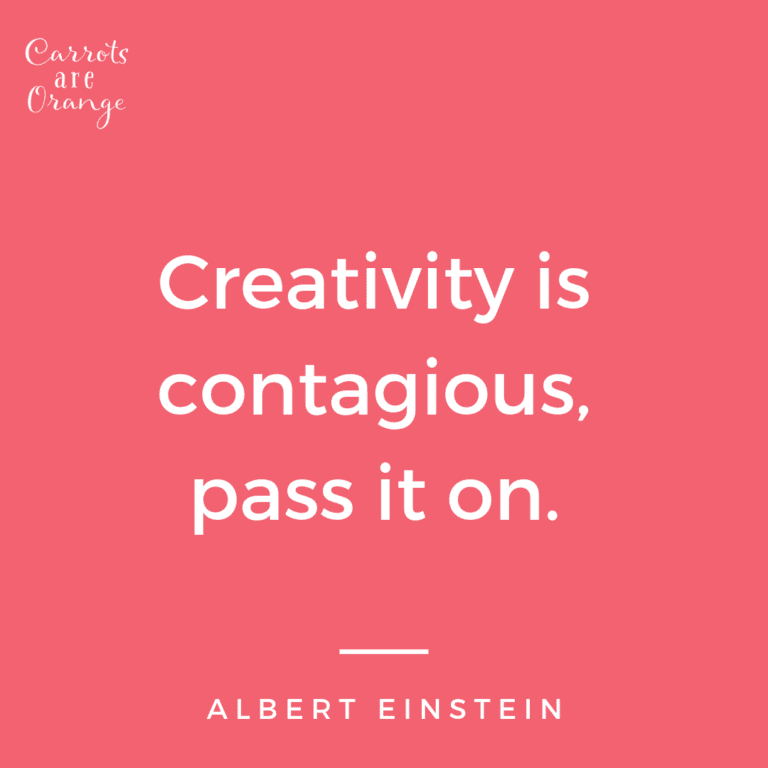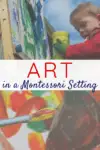I earn commissions from my affiliated links. Please see my disclosure policy for more details.
I’m sure you’re familiar with the saying “art is in the eye of the beholder.” But what about when it comes to kids’ art? In this post, we’ll take a look at some easy and beautiful Montessori-inspired art projects that are perfect for kids of all ages. So get ready to be inspired! :)
Although there is no specific Montessori writing on art in a Montessori classroom, we can only imagine the appreciation Dr. Montessori must have had for this approach to learning.
Her emphasis on order, neatness, and love of nature gives further indication that she would support artworks within a Montessori classroom.

In addition to the general appreciation of art, activities within a Montessori early childhood classroom involve fine motor development, math, science, language, and sensorial. Integrating art into other learning areas is key to introducing art to children.
Montessori Art focuses on the process and allowing the child to truly experience art on his own terms. Children are born naturally inclined to art. So, then, our job is to nurture that natural tendency towards creativity.
I think you will agree that art is about the experience the child has with the materials, the mediums, and the textures that ultimately create the art. This idea is known as process art.
Montessori Art Activities, Materials, & Shelf Ideas
You won’t find crafts or step-by-step art projects in a Montessori environment. More often than not, an art project is integrated into other areas of the classroom such as language (storytelling), history (visual representations of time), math (beadwork), and geography (tracing & coloring maps).
Montessori Art Theory in a Few Words
So, what is behind Montessori art? Here are a few words used to describe Montessori art.
- Exploration
- Creativity
- Unique
- Thoughtful
- Mindful
- Patient
- Child-Led
- Process Not Product
- Appreciation
- Time
- Flexibility
- Sensory
Ways Art is Beneficial to Children
I am likely preaching to the choir here but here are a few of the myriad reasons art is beneficial to children.
The research comes out, again and again, affirming this belief. Art studies help children’s developing brains in more ways than we can see tangibly. This article on PBS.org describes the importance of art in a young child’s life.
- Fine motor development
- Sensory development
- Whole-brain development
- Emotional regulation
- Encourages expression
- Brings joy and happiness
- Develops vocabulary
- Introduces math and science concepts
- Develops attention to detail and awareness of the environment
- Concentration & focus
- Encourages an appreciation of the creative expression of others
Check out: Montessori Art for Continent Studies

How to Support Creativity in a Child
- Be open-minded about messes, mediums, and the direction of the child
- Learn about art processes and materials
- Understand what it means to be creative and the myriad of definitions that exist
- Read about the impact of creativity on brain development
- Embrace the idea of “failure” as an opportunity
- Prepare the environment for the creative art process
- Prepare yourself with appropriate responses to a child’s work
- Read this post from The Artful Parent How to Talk to Kids about Their Art


How to Prepare the Environment
- Create ground rules with the children for the art space and maybe even assign jobs to help keep the space clean
- Aprons
- A variety of mediums with which to do art such as tissue paper, card stock, watercolor paper, paper towels, coffee filters, and so on
- A designated spot for artwork to dry
- Splat mats and plastic table coverings
- Vinyl table mats
- Storage for art supplies and finished artwork
- Liquid Water Color
- Containers and baskets for various beads, gems, crafts sticks, pom poms, and other supplies
- Variety of brushes and painting tools
- Various types of glue
Art Supplies for the Montessori Classroom
- Cotton Balls (your home)
- Q-Tips (your home)
- Brush Assortment
- Tempera Cakes
- Liquid Watercolor
- Water Color Paper
- Washable Tempera
- Dropper Glass Bottles
- Small bowls (Goodwill)
- Coffee Filters
- Work Mat or Trays
- Craft Sand
- Apron
- Finger Paint Paper
- Crayons
- Salt (from your home)
- Tissue Paper
- Small glass jars for water (from your home or Goodwill)
- Squeeze Dispensing Bottles
- Sponges
- Glue
- Small Storage Trays
- Paint Tray
Steps to Creating Your Own Art Lesson
- Observe Your Child & Determine a Need
- Determine the Prerequisites
- Determine the Aim
- Gather Materials
- Structure the Exercise
- Create the Exercise
- Practice the Exercise
- Present the Exercise
















